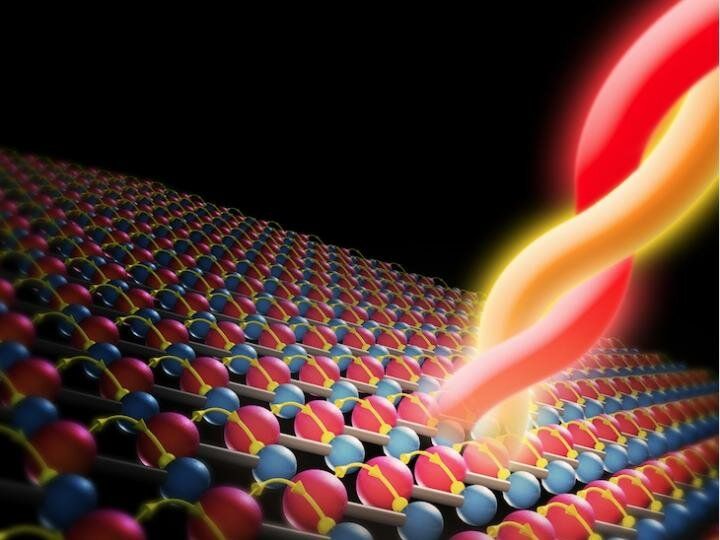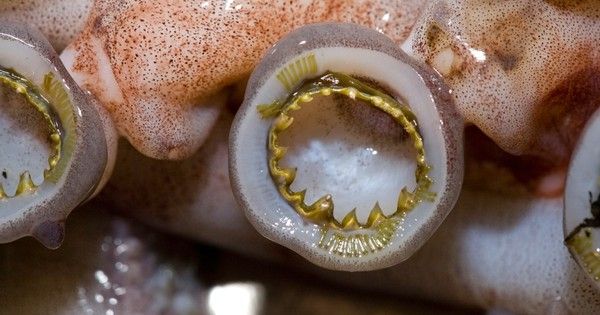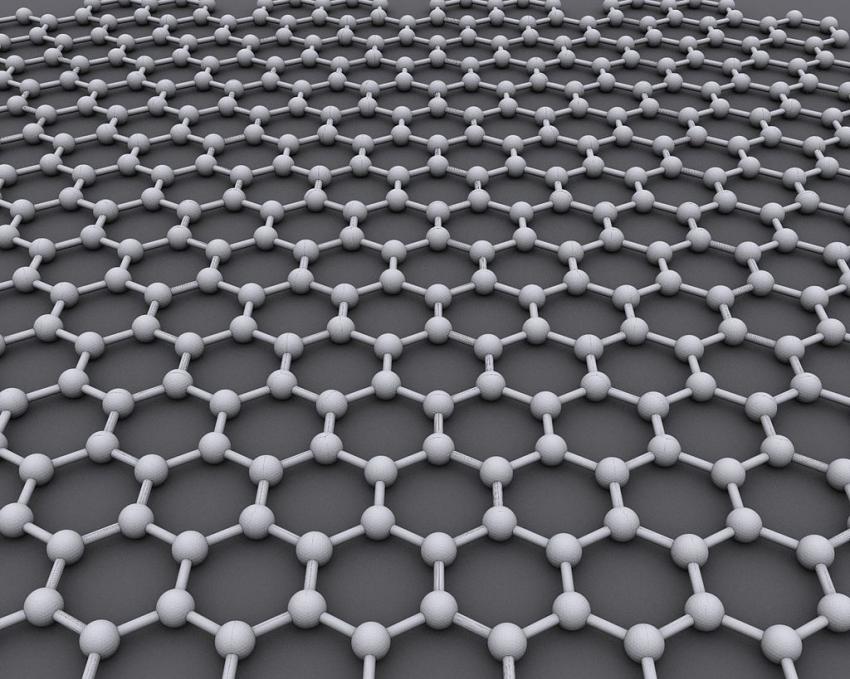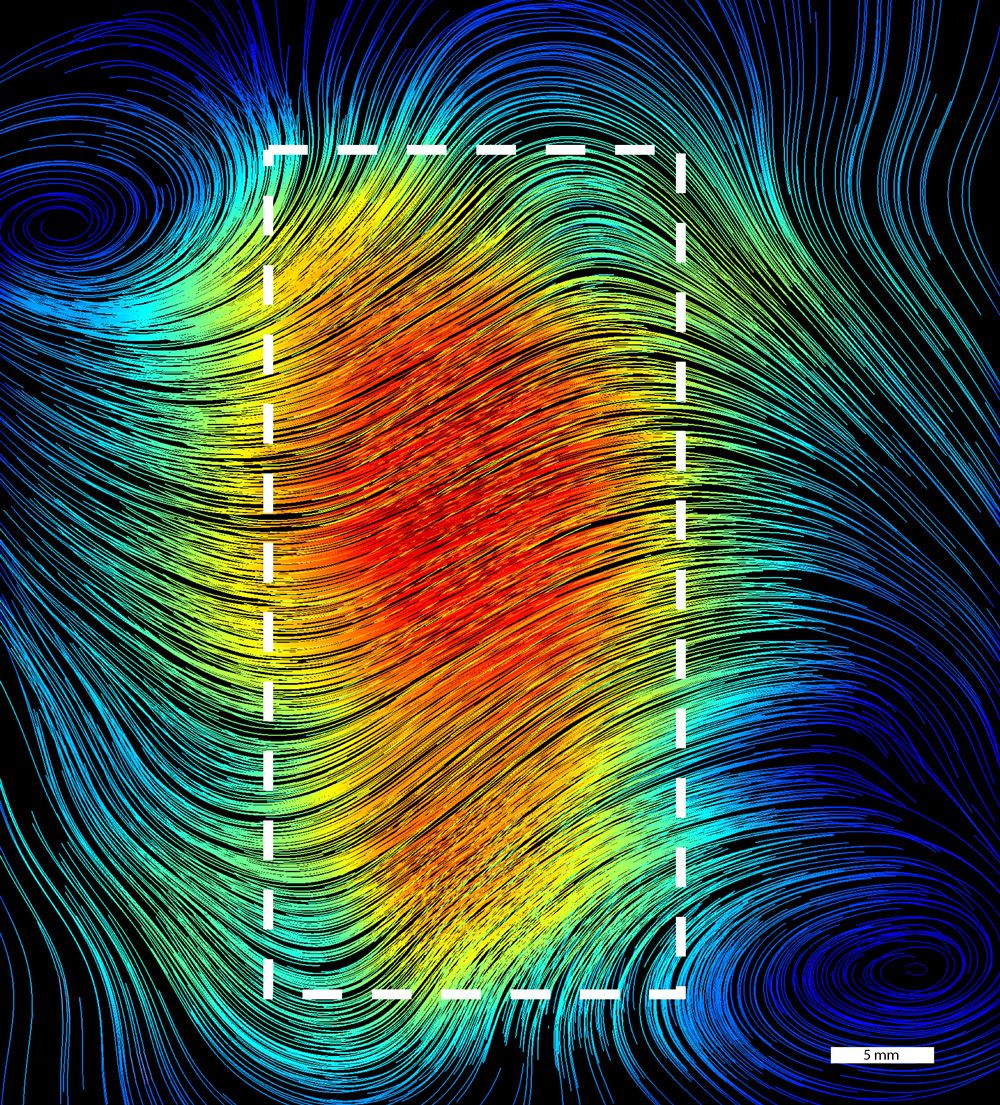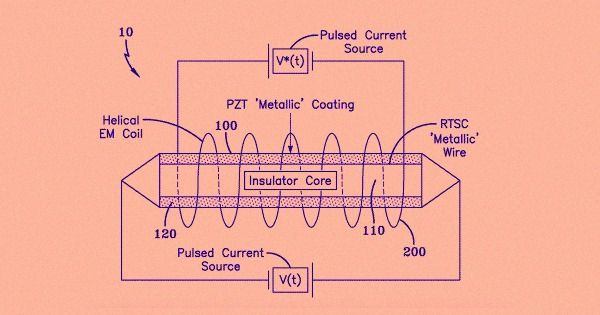Mar 5, 2019
Chirality yields colossal photocurrent
Posted by Quinn Sena in categories: biotech/medical, materials
A recently discovered Weyl semimetal delivers the largest intrinsic conversion of light to electricity of any material, an international team lead by a group of Boston College researchers reports today in the journal Nature Materials.
The discovery is based on a unique aspect of the material where electrons can be separated by their chirality, or handedness—similar to DNA. The findings may offer a new route to efficient generation of electricity from light, as well as for thermal or chemical sensing.
“We discovered that the Weyl semimetal Tantalum Arsenide, has a colossal bulk photovoltaic effect—an intrinsic, or non-linear, generation of current from light more than ten times larger than ever previously achieved,” said Boston College Associate Professor of Physics Kenneth Burch, a lead author of the article, titled “Colossal mid-infrared bulk photovoltaic effect in a type-I Weyl semimetal.”
